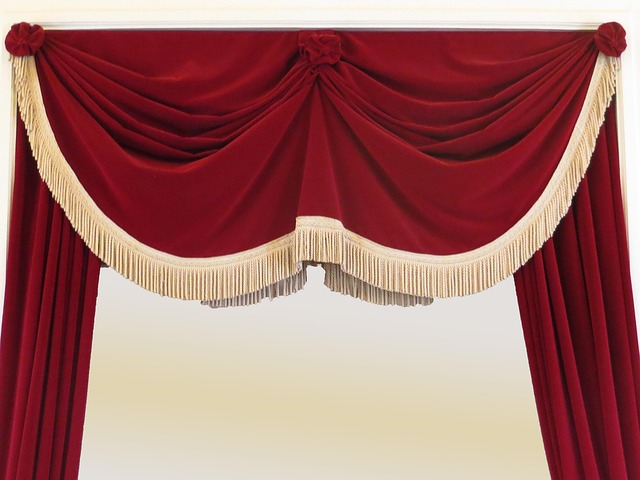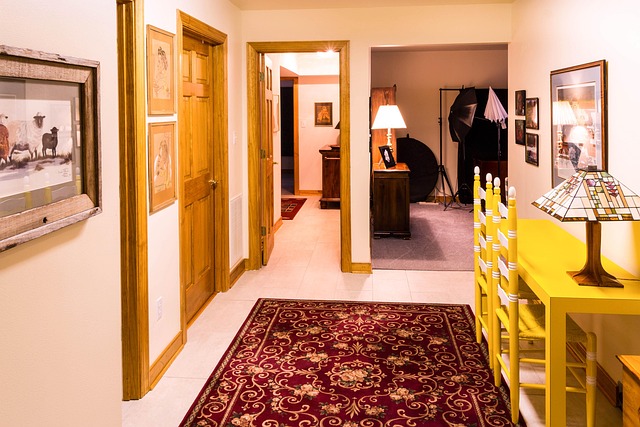In today's dynamic real estate market, understanding evolving buyer and seller preferences is key. Trends like sustainable living and smart home technology are shaping the industry. By adapting strategies to meet modern needs, investors and agents can enhance property appeal. Strategically investing on a modest budget is feasible through identifying undervalued properties, staying informed about local trends, renovating for flipping, and utilizing off-market sales. These approaches can yield significant returns, as seen in urban brownfield and historic building transformations. Careful trend analysis and unique property consideration lead to lucrative real estate ventures.
Unlocking Potential: The Power of Modest Real Estate Investments

Strategies for Success: Achieving High Selling Prices on a Budget

Investing in real estate can be a cost-effective strategy to achieve high selling prices, even on a modest budget. The key lies in identifying undervalued properties with potential for growth and implementing thoughtful strategies. Researching local market trends is essential; understanding areas with upcoming developments or improving amenities can help predict property value appreciation. Buying off-market or through foreclosure sales can also offer significant discounts.
Renovating and flipping properties is another powerful tool. Focus on cost-efficient updates that maximize curb appeal and functionality, ensuring you stay within your budget constraints. Prioritize improvements that add the most value, such as updating kitchens and bathrooms, while leaving less impactful but necessary repairs for later. This approach allows investors to compete with larger-budget buyers while securing a higher selling price upon turnaround.
Case Studies: Real-World Examples of Profitable Modest Investments

In the realm of real estate, countless stories of modest investments turning into lucrative ventures abound. A classic example is the transformation of urban brownfields into vibrant neighborhoods. Investors who recognized the potential of overlooked areas purchased property at relatively low prices and initiated renovation projects. Within a few years, these properties appreciated significantly, offering substantial returns on investment when sold.
Another compelling case study involves historic buildings in prime locations. Savvy investors identified the growing demand for boutique residential spaces and converted vintage structures into lofts or luxury apartments. These investments not only capitalized on rising real estate values but also contributed to the area’s cultural renaissance by preserving architectural gems. The resulting higher selling prices served as a testament to the power of strategic, modest investments in the right market conditions.






